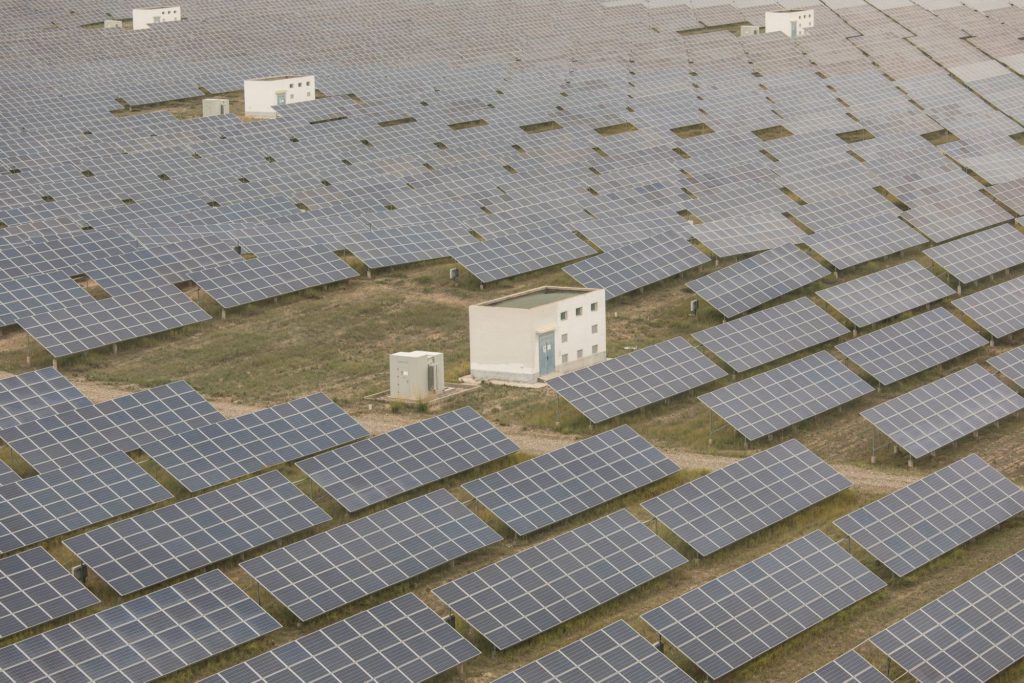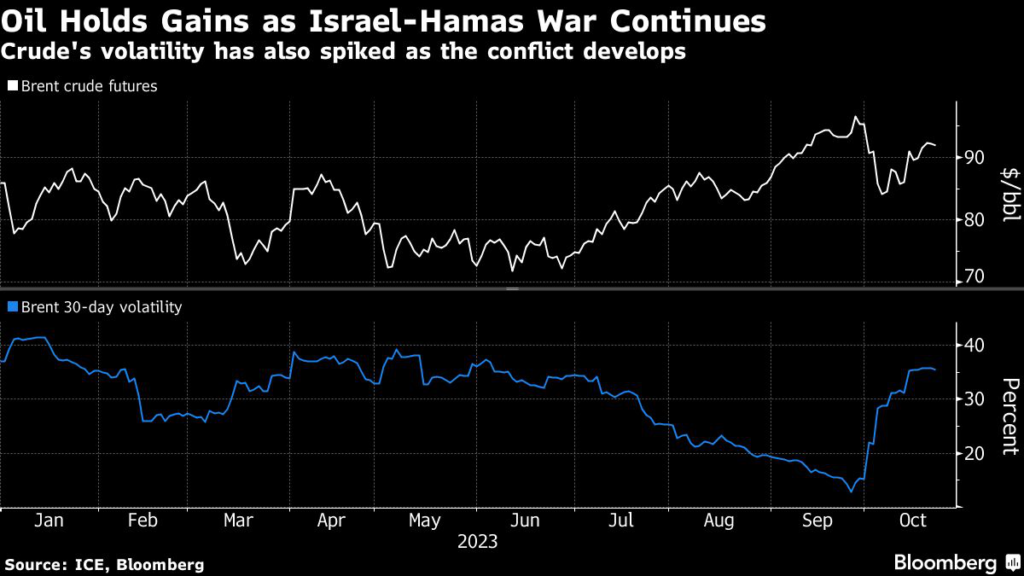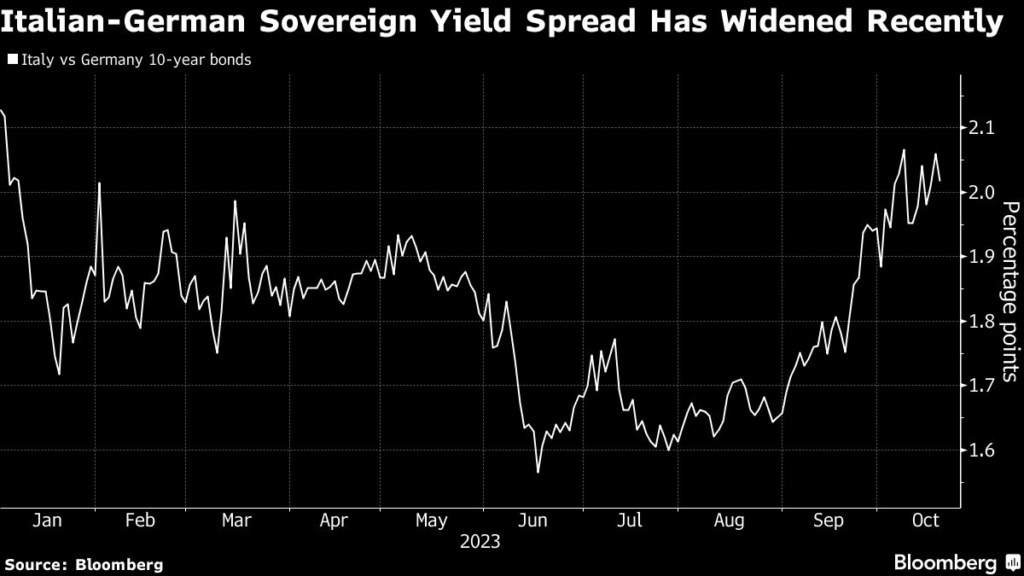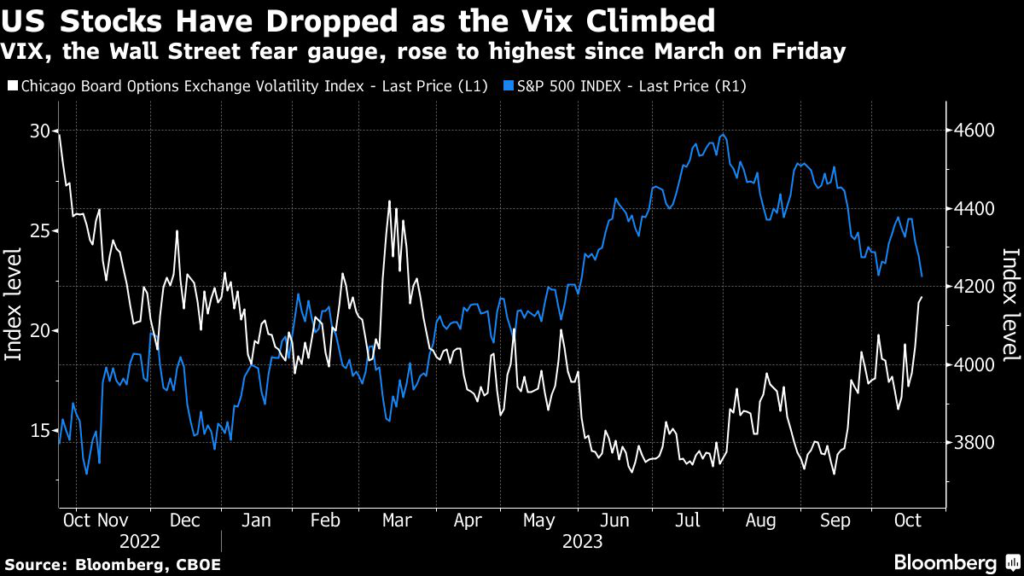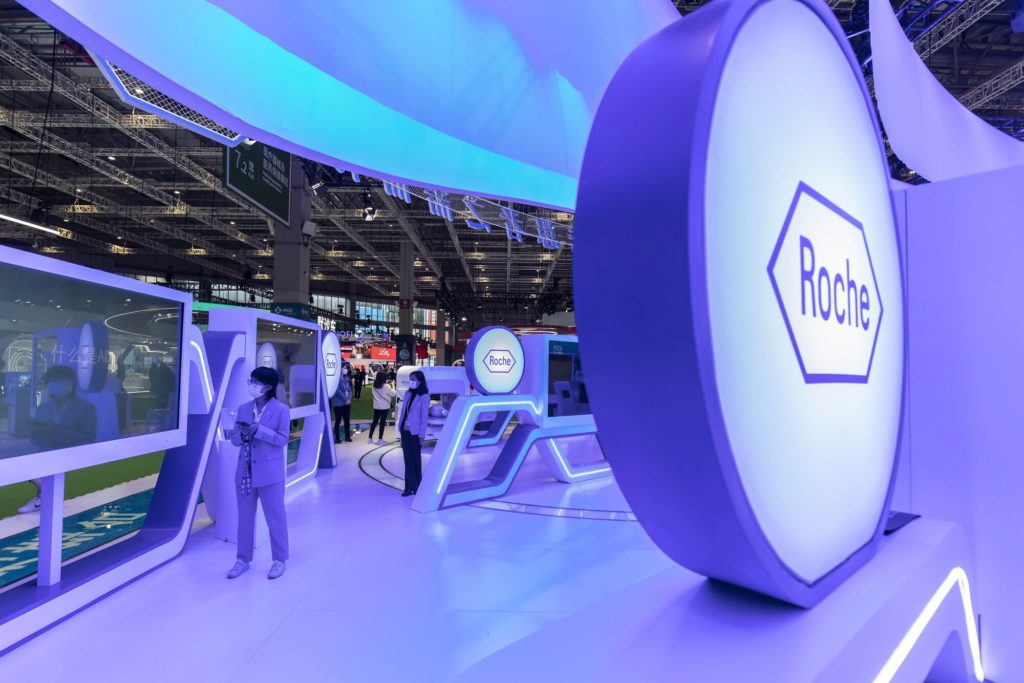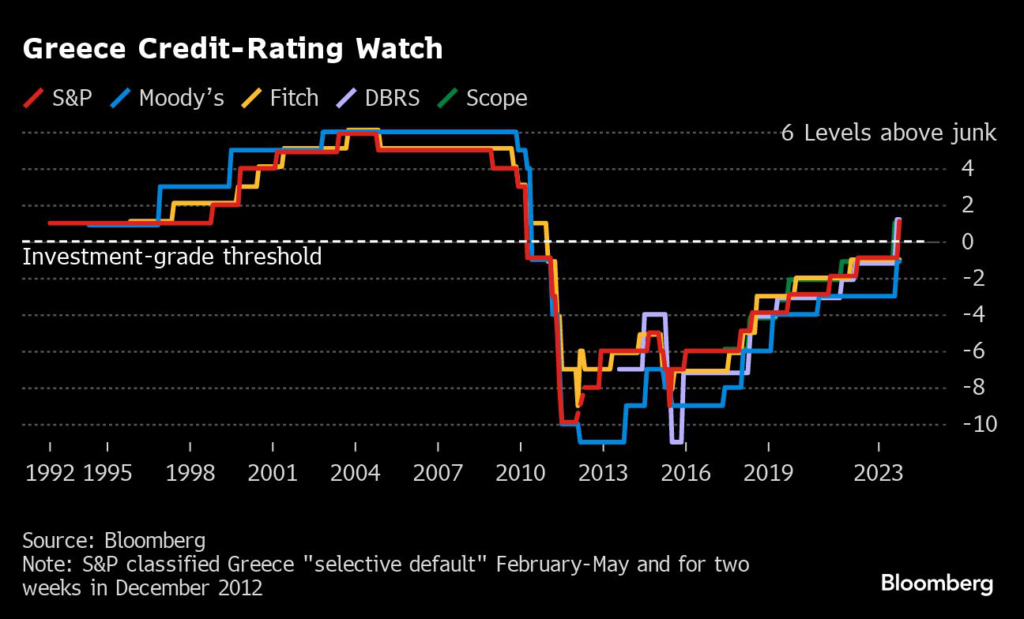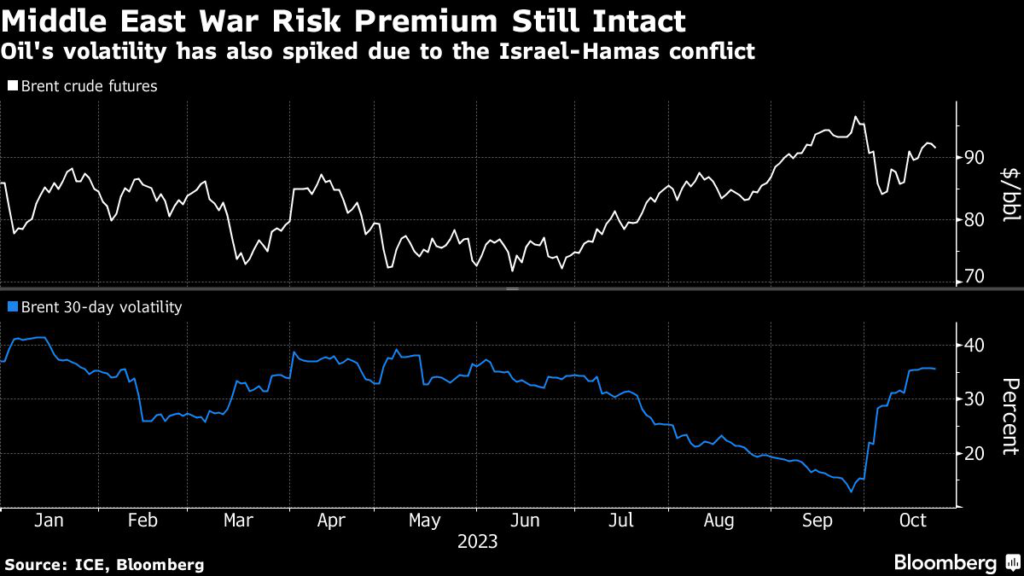Solar equipment makers are in a fierce competition to cut wafer prices, providing some relief for China’s efforts to install a massive amount of renewable power and reach ambitious climate targets.
(Bloomberg) — Solar equipment makers are in a fierce competition to cut wafer prices, providing some relief for China’s efforts to install a massive amount of renewable power and reach ambitious climate targets.
Falling solar material prices have driven down costs along the supply chain in recent weeks, with silicon wafers seeing the largest discount. Top player Longi Green Energy Technology Co. lowered its wafer prices by as much as 27% last week, while peer TCL Zhonghuan Renewable Energy Technology Co. cut its quote by as much as 25%.
The “circuit breaker-style” price plunge is fundamentally due to the falling cost of key material polysilicon, according to a statement by China Silicon Industry Association. Solar wafer manufacturers have lowered operating rates because of weaker prices and excessive supply, with some at 60% to 70% of full capacity, it said.
The wafer price war is likely squeezing all manufacturers’ profits, according to a research note by Daiwa Capital Markets on Wednesday. A decision by Longi to make its wafers slightly thinner was likely taken to minimize production costs, the note said.
Longi didn’t immediately respond to a request for comment.
The trend should give a boost to China’s aggressive push for renewable energy. Polysilicion costs rose to the highest level in a decade earlier this year amid soaring demand and production problems. That drove up panel prices, threatening to delay renewable projects and attracting government scrutiny.
The dramatic fall in costs across the supply chain should make 2023 a big year for solar market demand, according to a video released by TCL Zhonghuan.
Even with higher costs and supply chain disruptions, China saw a stellar year of solar installations in 2022. A record 65.7 gigawatts of capacity were added in the first 11 months, and the industry is on its way to install 85 to 100 gigawatts for the full year, according to an industry forecast.
More stories like this are available on bloomberg.com
©2022 Bloomberg L.P.

